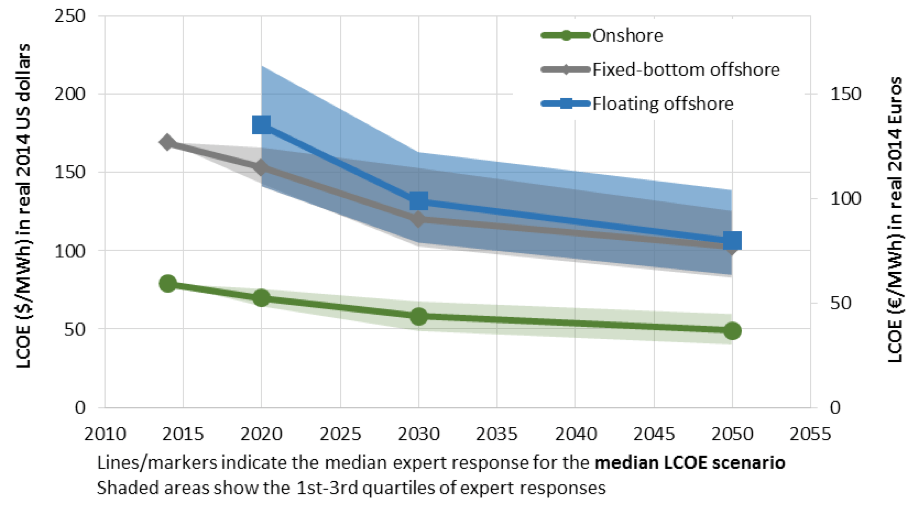Navigating The Chinese Market: The BMW And Porsche Case Study

Table of Contents
Market Entry Strategies: A Comparative Analysis
Successfully entering the Chinese market requires a well-defined strategy. BMW and Porsche, while both luxury brands, adopted distinct approaches.
BMW's Gradual Expansion:
BMW opted for a phased approach, prioritizing long-term growth and market penetration. Their strategy included:
- Early investment in joint ventures: Collaborating with local partners allowed BMW to navigate regulatory hurdles and gain valuable market knowledge. This minimized initial risk and fostered strong relationships.
- Phased rollout of models tailored to Chinese preferences: BMW didn't simply introduce its existing models. They adapted existing vehicles and introduced new ones specifically designed to appeal to Chinese tastes and driving conditions. This included variations in engine size, features, and even design aesthetics.
- Strategic partnerships with local dealerships: Building a robust and reliable dealer network was essential for after-sales service and customer satisfaction. BMW invested significantly in training and support for its Chinese dealer partners.
- Focus on building a strong dealer network across major Chinese cities: A widespread presence ensured accessibility and convenience for customers across the country. This reflects a deep understanding of China's vast geographical spread and varying consumer preferences within different regions.
Porsche's Focused Approach:
Porsche adopted a more targeted, high-end strategy, leveraging its strong global brand recognition. Their approach involved:
- Targeted marketing campaigns focusing on high-net-worth individuals: Porsche concentrated its efforts on reaching affluent consumers, a key segment in the luxury car market in China.
- Emphasis on building brand prestige and exclusivity: Maintaining a premium image was paramount for Porsche's strategy in China. This involved controlling distribution and maintaining high service standards.
- Leveraging strong global brand recognition: Porsche's established reputation provided a significant advantage in entering the Chinese market.
- Direct investments in showrooms and service centers: Instead of relying heavily on partnerships, Porsche prioritized direct control over its brand presence and customer experience in China.
Brand Localization and Customization
Adapting to the unique characteristics of the Chinese market is vital. Both BMW and Porsche demonstrated a commitment to brand localization.
Adapting to Chinese Consumer Preferences:
Understanding and catering to Chinese consumer preferences is essential for success in the luxury automotive sector. Both brands executed different strategies:
- BMW's focus on offering a range of models to cater to various segments: BMW offered a diverse portfolio of vehicles, appealing to a broader spectrum of consumers within the luxury and premium segments.
- Porsche's emphasis on customization and personalized experiences: Porsche provided bespoke options and tailored services, enhancing the exclusivity and appeal to its high-net-worth clientele.
- Importance of incorporating local design elements and features: Both brands subtly adjusted their designs to better resonate with Chinese aesthetics and preferences. This extended beyond the vehicle itself to encompass marketing materials and showroom design.
- Understanding the significance of digital marketing and social media engagement in China: China's digital landscape is unparalleled. Both companies utilized WeChat, Weibo, and other platforms effectively to reach and engage with potential customers.
Overcoming Cultural Barriers:
Navigating cultural nuances is critical for successful market penetration. This includes:
- Effective communication strategies tailored to the Chinese market: Marketing messages were carefully crafted to resonate with Chinese cultural values and preferences.
- Building trust and rapport with Chinese consumers: Establishing credibility and building strong relationships with Chinese customers were crucial for long-term success.
- Addressing language and cultural nuances in marketing materials: All marketing materials were carefully translated and adapted to reflect Chinese cultural sensitivities.
- Responding effectively to changing consumer expectations and trends in China: The Chinese market is dynamic. Both brands demonstrated adaptability to respond to evolving customer needs and preferences.
Understanding Chinese Consumer Behavior
Understanding the unique aspects of Chinese consumer behavior is paramount.
The Importance of Digital Marketing in China:
Digital marketing plays a crucial role in reaching Chinese consumers:
- Leveraging social media platforms like WeChat and Weibo: These platforms are essential for brand building, customer engagement, and targeted advertising.
- Utilizing e-commerce platforms for sales and customer engagement: Online sales channels are increasingly important in the Chinese market.
- Data-driven marketing strategies based on consumer insights: Analyzing consumer data allows for targeted and effective marketing campaigns.
- Building an online community around the brand: Creating an online community fosters loyalty and brand advocacy.
Emphasis on Status and Prestige:
Luxury car purchases in China often signify status and success:
- Appealing to the aspiration for upward mobility: Marketing messages often highlight the aspirational aspects of owning a luxury vehicle.
- Highlighting the prestige and exclusivity of the brands: Emphasis on brand heritage, craftsmanship, and exclusivity strengthens the brand image.
- Strategic partnerships with luxury brands and lifestyle companies: Collaborating with other luxury brands enhances the brand's image and reach.
- Creating unique brand experiences for customers: Providing exceptional customer service and creating memorable brand experiences are essential for building loyalty.
Conclusion
BMW and Porsche's successes in the Chinese market highlight the importance of a well-defined market entry strategy, thorough brand localization, and a deep understanding of Chinese consumer behavior. Their strategies, though different, demonstrate the need for adaptability, cultural sensitivity, and effective digital marketing. Successfully navigating the Chinese market requires careful planning and execution. Learn from the successes of BMW and Porsche and develop your own strategy for conquering this dynamic market. Begin your journey to understanding the nuances of the Chinese market today! Start your research on effective strategies for entering the Chinese market and achieve your business goals.

Featured Posts
-
 Ufc 313 Preview And Predictions A Fight Night Breakdown
May 04, 2025
Ufc 313 Preview And Predictions A Fight Night Breakdown
May 04, 2025 -
 Verstappens First Interview Since Becoming A Father
May 04, 2025
Verstappens First Interview Since Becoming A Father
May 04, 2025 -
 The Countrys Top Emerging Business Locations A Geographic Analysis
May 04, 2025
The Countrys Top Emerging Business Locations A Geographic Analysis
May 04, 2025 -
 Energy Firms Re Evaluate Offshore Wind Due To High Costs
May 04, 2025
Energy Firms Re Evaluate Offshore Wind Due To High Costs
May 04, 2025 -
 Onde Assistir Corinthians X Guarani Ao Vivo E Online Paulistao 2025
May 04, 2025
Onde Assistir Corinthians X Guarani Ao Vivo E Online Paulistao 2025
May 04, 2025
